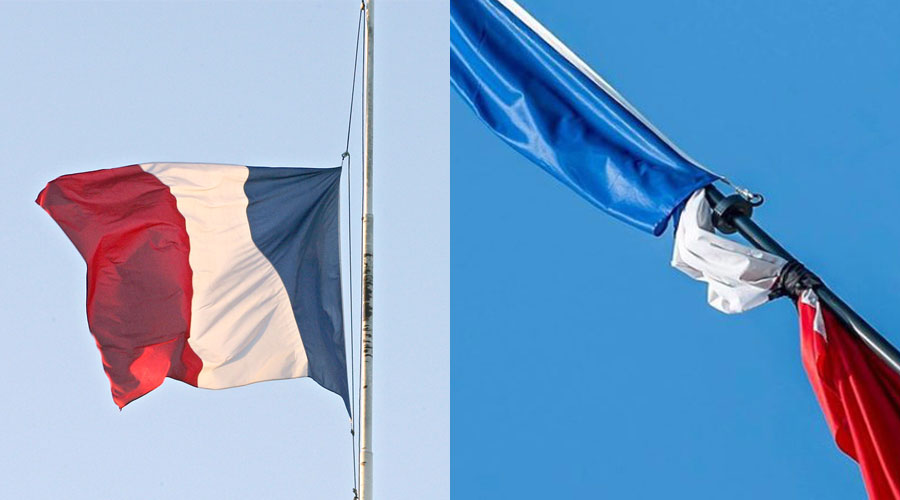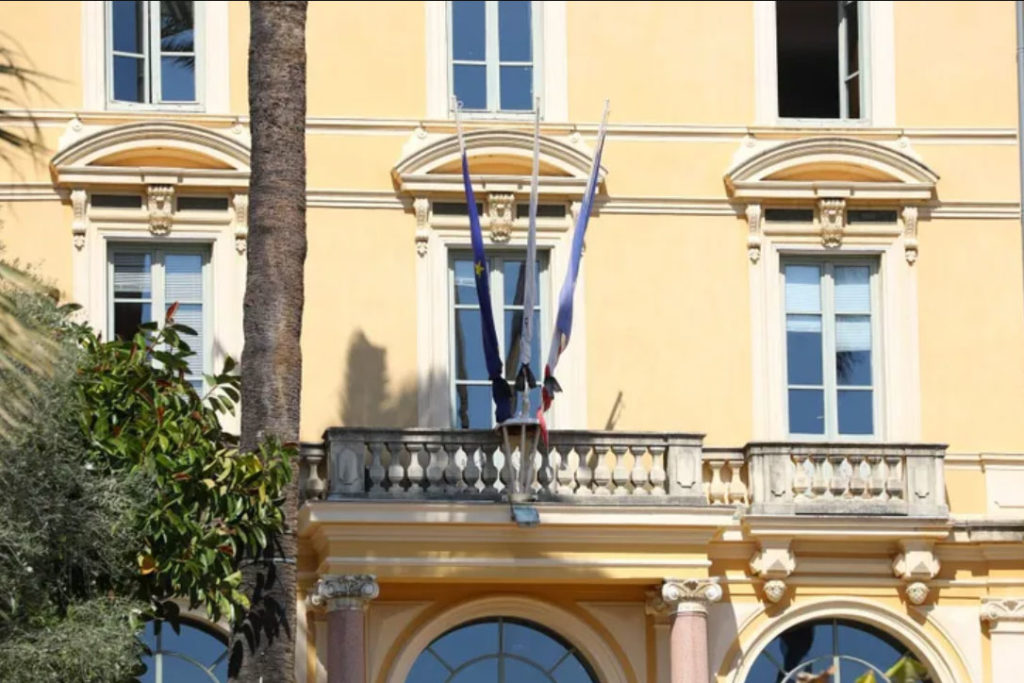The French flag is a symbol of the French Republic. The three colors of the flag represent the three ideals of Liberty, Equality and Fraternity. The flag has been in use since 1790 and has been changed a few times throughout its history.
The French flag is a symbol of the French Republic, and it’s important to understand its history and meaning. The flag has three colors: blue, white, and red. The white represented the monarchy, while the blue and the red took again the colors of the city of Paris, sign, according to the mayor of the city, of “the august and eternal alliance between the monarch and the people“. (Source : Elysee.fr)
So next time you see the French flag flying high, remember what it stands for!
Vive la France !
What is the French flag and what does it represent?
The three colors of the French flag represent the three ideals of Liberty, Equality, and Fraternity.
The French Revolution in 1789 was fought in part to achieve these ideals, and the flag became a symbol of the French Republic. The French Republic was established in 1792, and the flag has been used ever since.
The French flag has undergone a few changes throughout its history. The current design was standardized in 1837. However, the meaning of the colors has remained the same.
The French flag is a symbol of liberty, equality, and fraternity. It is a reminder that all people are equal and should be treated with respect. The French flag is a symbol of the French Republic and its values.
Do you like learning French with videos?
Receive our free video newsletter every Friday in your e-mail box. You will get 3 “Tips & Tricks” on grammar, vocabulary, phonetics or French culture.
👉👉 Sign up now!
Why is the French flag so important to French citizens, and what meaning does it hold for them?
The French flag is a symbol of French national pride and unity. It is a tricolor flag, with three vertical stripes of equal width.
The left stripe is blue, the middle stripe is white, and the right stripe is red.
The French flag has been many things to many people over the centuries. For some, it is a symbol of hope and freedom; for others, it represents French values of liberty and equality.
Regardless of its meaning to individual French citizens, the French flag is a powerful symbol of the French nation.
It is flown with pride on public buildings and at national events, and it remains an important part of French identity.
When is the French flag flown at half mast?
The expression in French is “mettre les drapeaux en berne“.

A flag flown at half-mast is maintained at half-mast under special circumstances such as national mourning or tragedy, following a decision by a state.
It represents a mark of sadness.
The flag is first hoisted to the top of its pole and then lowered to half its height.
Since a flag can never touch the ground, if the mast is too short to lower it sufficiently, the tip of the mast will be surrounded by a black ribbon that is sufficiently visible so that it can fly with the flag.
France has experienced controversy over the lowering of the French flag
The last controversy on the lowering of the French flag dates back to the end of March 2022.

“To express the collective sadness felt by our people after the tragic death of Yvan Colonna and in the face of the dark hours that Corsica is experiencing, the flags of the collectivity of Corsica are flown at half-mast as of today,” announced the collectivity of Corsica on March 22.
The French government reacted very badly to this lowering of the French flag in Corsica. Indeed, the deceased nationalist to whom Corsica paid tribute had been sentenced to life imprisonment for the assassination of Prefect Erignac on February 6, 1998.
But in France, the French flag is usually flown at half-mast in times of national mourning, tragedy in France or abroad, or to pay tribute to the dead.
In France, the law provides for a systematic lowering of flags in one circumstance: the death of a president of the Republic. This had been the case on September 30, 2019, following the death of Jacques Chirac four days earlier.
For the rest, it is up to the president, the prime minister or local elected officials to give the instructions. The death of a mayor may result in flags being flown at half-mast in a municipality, while the State may take the same decision for exceptional events.
What are some interesting facts about the French flag that you may not have known before?
10 surprising facts about the French flag:
- The French flag could have been green.
- The French flag could have been blue-white-pink.
- Blue and red were imposed by the Parisian bourgeoisie.
- The inventors of the cockade did not take it seriously enough.
- The red flag was initially the symbol of bourgeois repression.
- White is not so much more “royal” than blue and red.
- The tricolor flag is the consequence of a slave revolt.
- The first official blue-white-red flag was red-white-blue.
- It was the painter David who was asked to draw the definitive flag.
- Lamartine saved the French flag in 1848.
💡 Discover the details of these 10 anecdotes in the complete and free article in French from L’Obs magazine: L’Obs
So there you have it—ten surprising facts about the French flag. While we could continue to list interesting tidbits, we think you now have a good understanding of why this symbol is so important to French citizens.
Next time you see the Tricolor flying high above a building or in a parade, take a moment to appreciate all that it represents for the people of France. And if you’re ever lucky enough to be in Paris when Bastille Day rolls around, join in on the festivities and experience firsthand how patriotic the French can be!
Articles that might interest you:
- Why do French people speak English so badly?
- Grasse (the French city) World Capital of Perfumes
- French Bastille Day: July 14th
- Who are the most popular French YouTubers?
- How the bag company “I speak fluent french” has released a new collection of bags?
- French Tipping Etiquette: 10 Things Everyone Should Know
- The French and their love of coffee
- Is the French manicure really from France?
- How to understand the gestures and mimics of the French?
- French Gastronomy




1 thought on “French Flag: A Symbol of the French Republic”
Comments are closed.